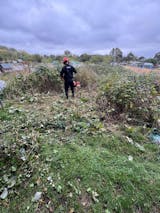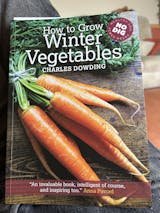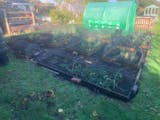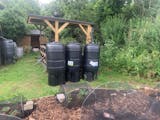I can't recommend this course highly enough. We are just starting our new allotment plot and building it entirely around the no dig method. Charles Dowding's online course has been absolutely amazing. It provides clear, step-by-step explanations for everything, which has been perfect for us. It has given us both the practical skills and, just as importantly, the confidence we needed to progress with our project. It's an invaluable resource for anyone looking to start their own no dig journey.
As a relatively newbie to the vegetable garden I found myself mega motivated to make the most of my small garden. Amazed at the wealth of knowledge laid down in this book and I for one will be glued to it. First job a small greenhouse, then we’re off!!
This is the 3rd time of buying Charles’ no dig calendar and, as always, I can’t wait for February to start sowing. That’s how good it is! The photos are so inspiring and the information gives you complete confidence to not only give it a go, but succeed! The layout means you’re unlikely to miss anything and I especially value the overview at the back which allows you to go straight to the vegetable you’re interested in and see which months you can sow and how many times during the year you can sow. In this way there is always something ready to plant. There is a wealth of other really useful information besides when to sow. I would highly recommend the calendar for anyone who wants to grow no dig veg on any scale.












































0 comments